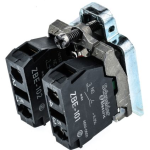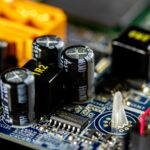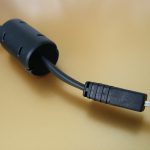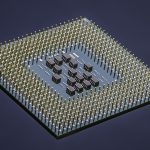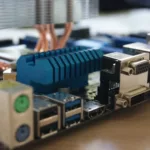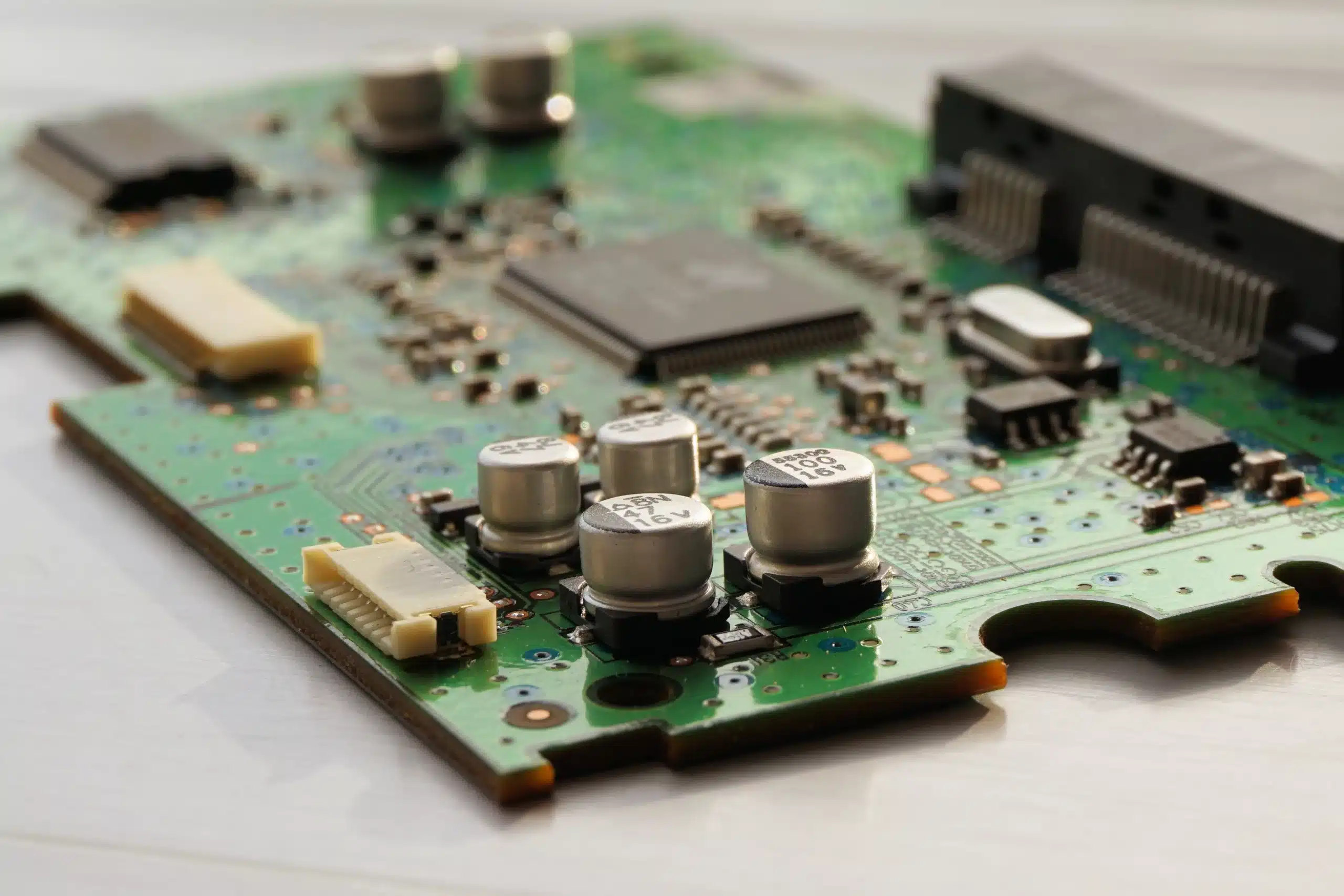
Power management integrated circuits (PMICs) are pivotal in low-power designs by efficiently managing power distribution and optimising energy consumption. Recent advancements in PMIC technology have led to the development of new devices, including nPM1300 PMIC, that offer multiple functions for low-power designs. This article covers the key features, benefits, and typical applications of the new PMIC nPM1300 and its significance in enabling power-efficient and low-power designs in multiple electronic devices.
The nPM1300: An Advanced and All-in-One PMIC Chip
The nPM1300 is a cutting-edge PMIC designed to cater to the needs of low-power designs. With its compact size and multiple functions, the nPM1300 provides an efficient and versatile solution for power management in next-generation BLE applications. It integrates multiple functions into a single chip, including voltage regulators, battery chargers, buck converters, and power switches, reducing the need for additional discrete components and saving board space. The nPM1300 is developed explicitly for low-power wireless applications, such as IoT devices, wearables, and other battery-powered devices.
Unique Features and Benefits of the New PMIC nPM1300 for Low-Power Designs
The nPM1300 chip offers unparalleled benefits with special features, such as:
- Efficient Power Management: It provides regulated power supply to various system components, including the main system voltage, battery voltage, and peripheral voltage.
- Battery Charging: The PMIC incorporates battery charging circuitry, enabling efficient connected battery charging.
- Power Switches: It incorporates power switches that can be controlled to turn on or off power to specific system sections, helping conserve energy and extend battery life.
- Robust Compatibility: The PMIC offers excellent compatibility with the Nordic series of advanced wireless ICs, including nRF52 and nRF53.
- Compact Size: The chip has a compact design with a low-profile package that easily integrates into various systems and devices, saving board spaces in space-constrained designs.
- Efficiency and Flexibility: The nPM1300 operates efficiently across various load conditions. It supports multiple power modes, including standby and sleep modes, optimising power consumption.
- Low-power Operation: The nPM1300 is designed to operate efficiently in low-power scenarios, making it a perfect chip for battery-powered devices that require long battery life.
Exploring Multiple Functions in New PMIC for Low-power Designs
The new PMIC is equipped with multiple functions contributing to low-power designs. These functions correspond to their integrated components, such as:
- Buck Converters: The nPM1300 incorporates two 200 mA highly efficient buck converters, making it capable of efficiently stepping down the input voltage to a lower voltage level. The buck converters can power multiple low-power devices with their high current handling capacity. The nPM1300’s buck converters also support dynamic voltage scaling, enabling output voltage fine-tuning to meet specific power requirements.
- Load Switches: The new PMIC nPM1300 features two 100 mA load switches, providing low on-resistance, minimizing voltage drops, and ensuring efficient power delivery. By incorporating load switches, the PMIC allows individual power control of different functional blocks, reducing overall power consumption. This feature is particularly useful in low-power designs with critical power efficiency and management.
- Low Dropout Regulators – LDOs: LDOs are linear voltage regulators that maintain a constant output voltage even when the input voltage fluctuates. To provide stable and regulated voltages for sensitive components, the nPM1300 integrates two 50 mA LDOs. These LDOs offer excellent line and load regulation and are USB-C compatible.
- Integrated Power-Loss Warning: The PMIC’s power-loss warning feature typically notifies the system or users when the interruption of power supply. This can be useful for preventing data loss or taking appropriate actions before the system shuts down.
- Hard-Reset Button: The PMIC features a button hard-reset providing a mechanism to reset the system or the PMIC by pressing a button. This can be helpful in situations where the system becomes unresponsive or experiences software or hardware issues.
- Integrated GPIO Pins and LED Drivers: The nPM1300 PMIC sounds like a versatile component with its five GPIO pins and three LED drivers. GPIO allows configuring pins for various functions to interface with other devices or control external components through protocols like I2C or SPI.The three LED drivers indicate that the nPM1300 PMIC has built-in circuitry specifically designed to drive LEDs. These LED drivers provide the necessary current and voltage levels to illuminate the LEDs efficiently.
Typical Applications of nPM1300 PMIC
The nPM1300 PMIC can be a useful component for various applications. The PMIC finds applications in advanced IoT devices, wearables, battery-powered systems, Bluetooth low-energy projects, and other portable electronic and entertainment devices. The Nordic’s nPM1300 PMIC is also suitable for individual healthcare devices and rechargeable smart home sensors.
The Final Thoughts
The new nPM1300 PMIC offers an array of versatile functions, addressing the advanced power management needs of low-power designs. With integrated specialized features, it provides efficient power conversion, control, and regulation, ensuring system reliability. The nPM1300 offers robust flexibility, is compact, and incorporates an integrated power-on-reset circuit, and overcurrent protection features, safeguarding the PMIC and the connected components from excessive current flow. By leveraging the chip’s capabilities, designers can achieve optimal power efficiency and extend battery life in their innovative low-power designs.







